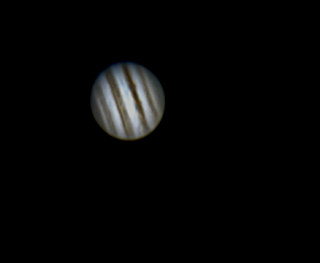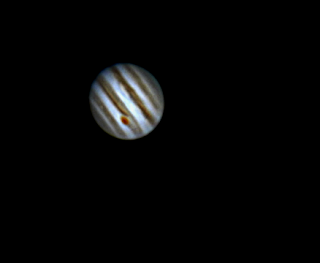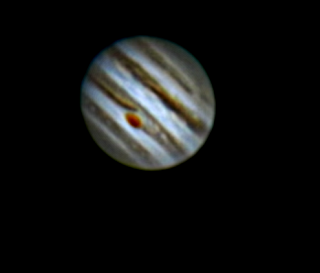The seeing here in the Coachella Valley was excellent last night, so I had the opportunity to spend the night outside with clear skies, and my trusty telescope. It was quite cold outside, for the valley anyways, so hot cocoa was flowing like water. These are definitely my personal best images of Jupiter, so far! I was actually speechless while processing the videos, but that was more than likely the cold temps outside. I am quite satisfied with the results and I hope you enjoy viewing them. Clear Skies!
Image details - Each image is a 1600 frame video stacked in avistack with minor wavelets adjustments at the end. The first image is actually a composite of two, one for Jupiter and another with high gain to show the moons
Ganymede, Europa and Callisto.
Ganymede, Ganymede Shadow Transit, Great Red Spot, Europa, and Callisto
Nexstar 6SE + Phillips spc900nc + tube extender
Ganymede Shadow Transit, Great Red Spot
Nexstar 6SE + Phillips spc900nc + tube extender
Ganymede Shadow Transit, Great Red Spot
Nexstar 6SE + Phillips spc900nc + tube extender
Ganymede Shadow Transit, Great Red Spot
Nexstar 6SE + Phillips spc900nc + 2x barlow
Ganymede Shadow Transit, Great Red Spot
Nexstar 6SE + Phillips spc900nc + tube extender
Io, Ganymede Shadow Transit
Nexstar 6SE + Phillips spc900nc + tube extender
This last image actually shows Io popping out from behind Jupiter





























